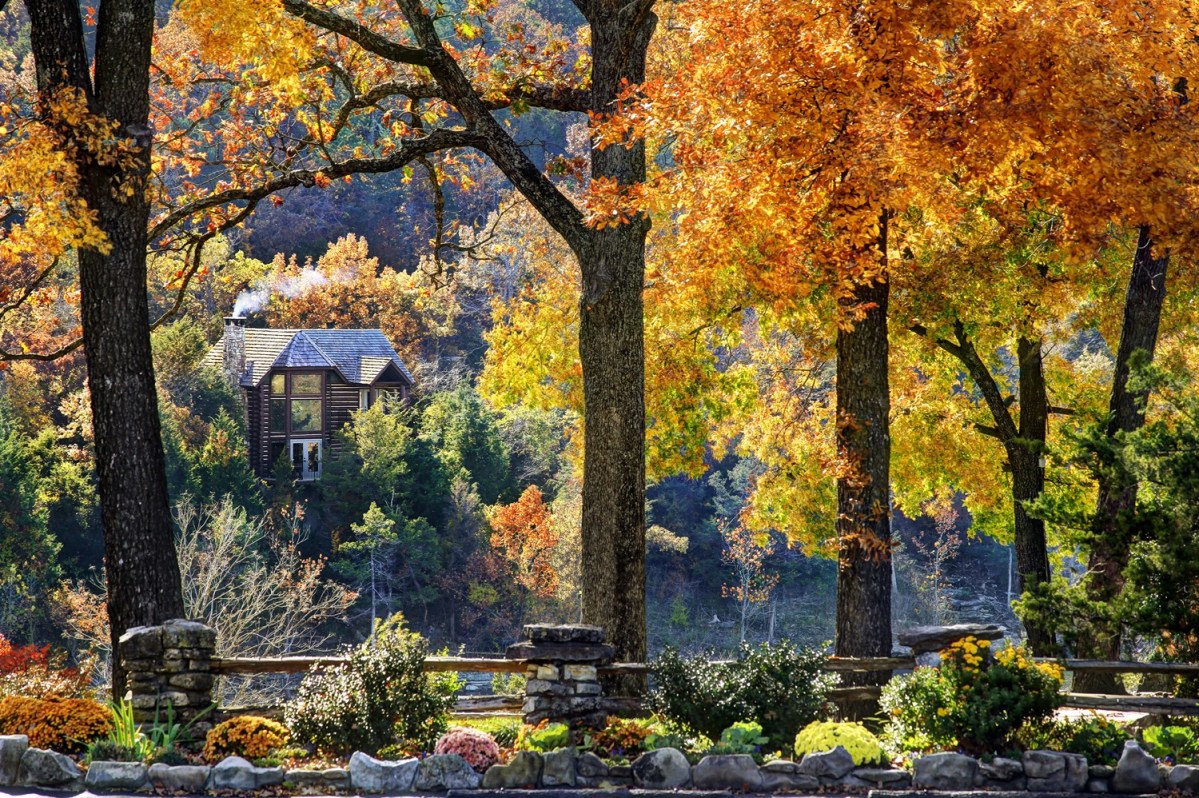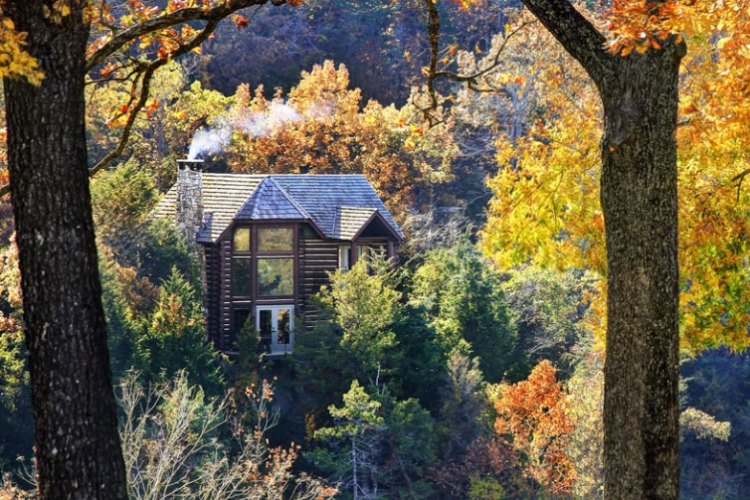Missouri is a state of charming contradictions.
There is the famous debate as to how the name is pronounced: Missour-e or Missour-ah. The largest city in the state is named Kansas City; it outnumbers Kansas City, Kansas — which sits across a bridge, 10 minutes away — by more than 300,000 people. Missouri’s K.C. came first, but you can see where the confusion lies.
There’s also the fact that Missouri is considered part of the Midwest, though it’s downright Southern in many parts. Its allegiance during the Civil War is contested, the state having sent more than 100,000 troops to fight for the Union and nearly 30,000 to do battle for the Confederacy. The two sides fought for control of the state government until the Union took over in 1861.
When you take exit 82A off 44 to U.S. 65, though, it’s pretty apparent what region of the country you’re in. Long gone are the flatlands of Illinois or Iowa, replaced by awe-inspiring mountains that touch back to the Paleozoic era and stacks of table rock that surround the road as it passes through Springfield and Branson where, if you’re paying attention, you’ll see signs for churches and restaurants, and the unmissable marker for Yakov Smirnoff’s theatre just off MO-248. The Russian-born comedian, a relic of the last days of the Cold War, has found a home in the Ozarks.
What a country, indeed.
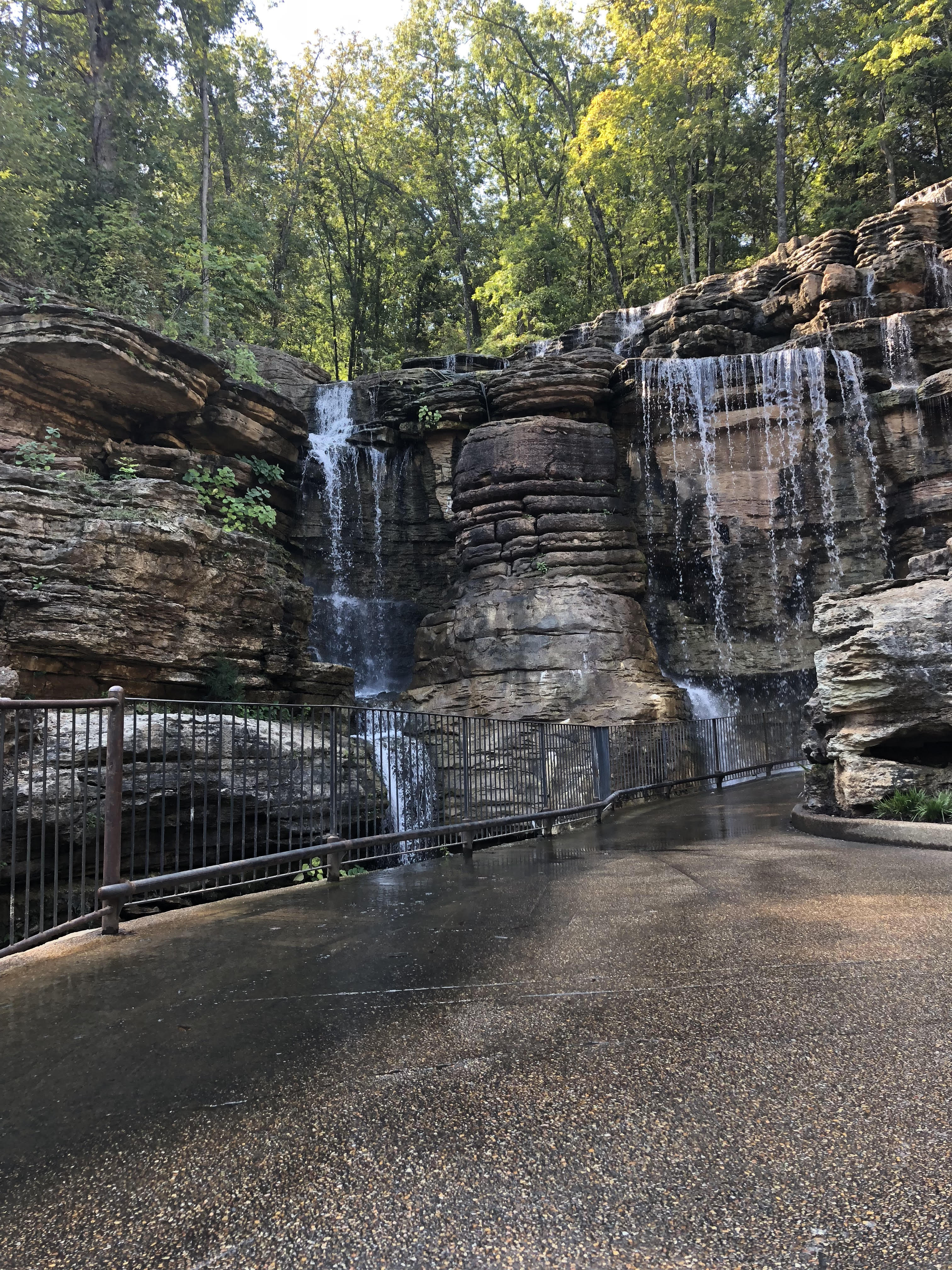
Keep going down the road, not far from the Arkansas state line, and you’ll eventually pass the entrance to Big Cedar Lodge. The big wooden sign itself is hard to miss; finding your way into Bass Pro Shop’s founder Johnny Morris’s sprawling resort (it was described to me as “Disney World for outdoors people”), however, is another story. Somehow, the 4,600 acres that make up the place are hidden from sight. Big Cedar Lodge aims to be as tucked away from the hustle and bustle of the modern world as possible, and it accomplishes that right off the bat. Getting there takes a little work, but it’s worth it.
I’d been curious about the area for some time. Growing up fishing on the Fox River (some 10 hours north of where Big Cedar is, on the border of Illinois and Wisconsin), I often heard older fishermen talk about spots nearby: Kickapoo River; Lake Maxinkuckee, just south of South Bend, Indiana; and, of course, Lake Michigan. But the Ozarks, man, that was a trip. When I heard adults talk about going down that way, it was the kind of thing people did in a group, the sort of once-in-a-decade event that I, as a little kid, was always envious of, an outdoor getaway adults got to go on free of kids.
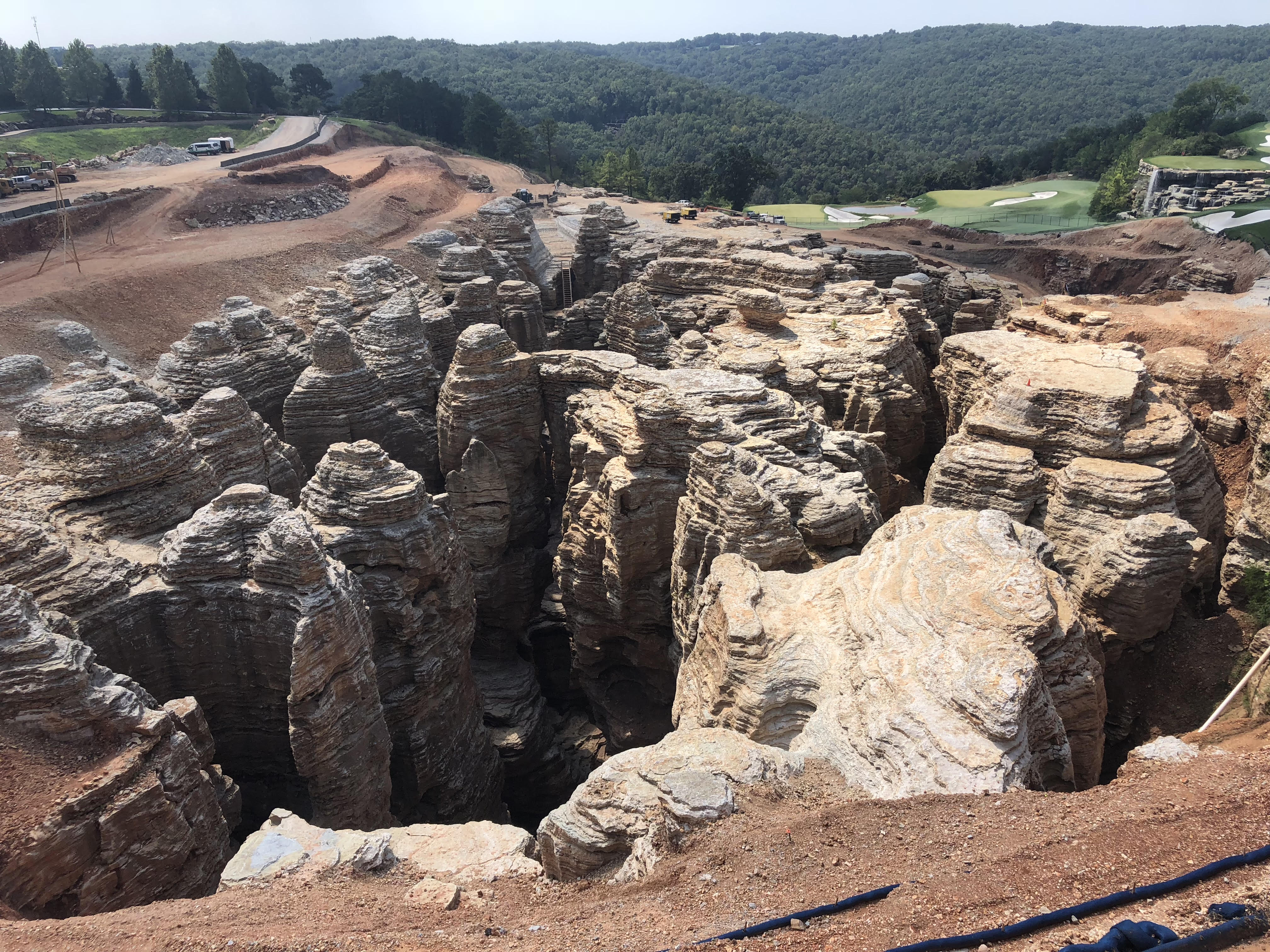
And thus, brushing up toward my own fourth decade, I decided to make a similar trip, driving south from Chicago to Springfield, IL., spending a night in that state’s capital, then starting the last leg of the trip around seven the following morning, finally arriving at Big Cedar around three in the afternoon.
Three and some change, I should say. Getting to my final destination took a little extra time, since I got lost along the winding, canopied roads, at one point coming nearly face to face with a white-tailed deer by the side of the road that sat close enough to my window that — if it could talk — I could have asked for directions. It was just one of the creatures I saw during my stay. There were also eagles, wild turkeys, some sort of lizard, armadillos and what I’m pretty sure was a badger, although locals told me those are a rarity in the area.
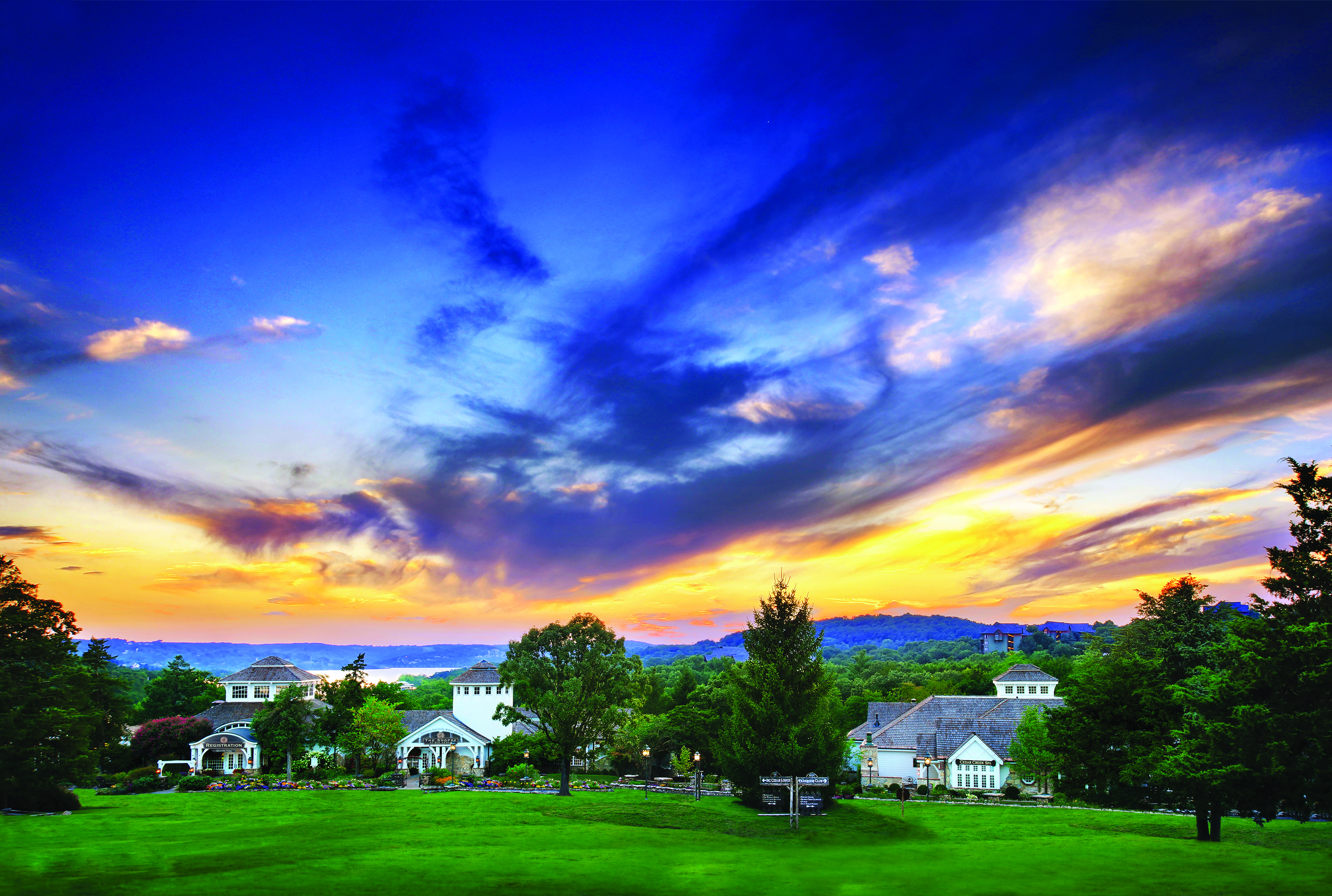
Big Cedar Lodge has been around in one form or another since the 1920s, when Harry Worman, head of Frisco Railroad Operations, and Jude Simmons, an executive for a grocery company, purchased 300 acres of land once occupied by the Osage. The plan was to build something similar to the fishing getaway areas that were then thriving in the Adirondacks. The Great Depression leveled those dreams, and eventually a logging firm purchased the property. The land changed hands a few times until Morris purchased it in 1987, with the hopes of building on what had been started over 60 years earlier.
More than three decades later, that dream is an ever-evolving one that takes on both recreational projects (like Payne’s Valley, the first public golf course built by Tiger Woods’ TGR Design, set to open spring of 2020) as well as environmental ones, like luring more Monarch butterflies — a species slowly flying towards extinction — to the area by planting flowers that will attract them.
I learn about the extra flowers from Jeff Wilhoit, who’s been working for Big Cedar for over a decade. We’ve just parked our golf cart to scramble over a patch of rocks in an effort to get perfect videos of the butterflies. It seems like such a small thing; you can find videos of butterflies pretty much anywhere — from screensavers to inspirational posters — but it’s part of Big Cedar’s deal. It might be “Disney World for outdoor people,” but there’s a stated mission here that goes beyond that: conservation.
The Ozarks are in trouble. The area has been in dire need of somebody to help it for a long time. President Theodore Roosevelt set out to preserve nearly a million acres for the Ozark National Forest in 1908, but the region has suffered regardless, with the water supply in constant risk of contamination, drilling concerns ramping up for decades and a number of plants, mammals and fish making their way onto the endangered species list. Morris, whose record as a conservationist is pretty legendary at this point, understands all that.
That’s why the thing with the butterflies sticks out in my mind.
Big Cedar Lodge is, for all intents and purposes, a fun park. It is the great outdoors with all of the modern amenities you could want. The cabins are luxe and, honestly, mine felt like the size of a mansion compared to any real estate I’ve seen in a big city. There are places to stick the kids if they aren’t fans of the outdoors (from go-karts and bowling to an arcade) and the trout I had at Buzzard Bar tastes like it just came out of the lake (because it probably did).
Yet there was something off to me. From the moment I arrived, I approached my stay at Big Cedar with a healthy dose of skepticism. Where was the whole “this land is your land” thing I’ve always been so fond of? Shouldn’t these beautiful lands be saved for everybody, rather than privatized and developed only for those who can afford to pay for them?
Those complicated feelings receded once I finally got to know the lay of the land and saw how much care the people behind Big Cedar actually put into things like growing plants that attract butterflies. It’s a fun park, sure, but it also feels like an experiment, a glimpse at what conservation by a private citizen looks like in action.
We constantly complain about how billionaires spend their money on wasteful things, but witnessing firsthand how Morris has incorporated conservation into helping people have a good time may have swayed me; from Big Cedar Lodge to nearby Dogwood Canyon, the 10,000+ acre non-profit Morris opened about 15 minutes away, which ranks in my mind as one of the most splendid parks in North America. I still think lands should be for public enjoyment, but I also take a pragmatic view and understand that, well, we’ve done a pretty bad job doing exactly that thing. All it takes is seeing a couple of kids learning about nature instead of gluing their faces to an iPhone to see that Big Cedar is accomplishing something good.
It also didn’t hurt that I got to drive a golf cart through a cave, then order a beer in that cave and enjoy it next to a waterfall. I admit that sort of small experience can leave a large impression on me. And that’s sort of the other thing that makes Big Cedar worth the visit: simple things you might do when you’re at home take on a bigger meaning.
I’m easily awed by nature; by experiences I tend to do fairly often, not so much. So eating guac and chips pretty much anywhere is ordinary, but eating guac and chips in a massive old barn that was once owned by Arnold Palmer and then moved all the way down from Latrobe, Pennsylvania, was a treat. I’m spoiled by my close proximity and various memberships to museums in New York City, but the Ancient Ozarks Natural History Museum was like nothing I’ve ever seen before, with its sizable collection of Edward S. Curtis photos, Frederic Remington paintings, Civil War and Native American artifacts, and even a Nudie suit once worn by Roy Rogers. The museum is worth the trek down to the Ozarks on its own, deserving of a place between the Smithsonian in D.C. and the American Museum of Natural History in Manhattan.
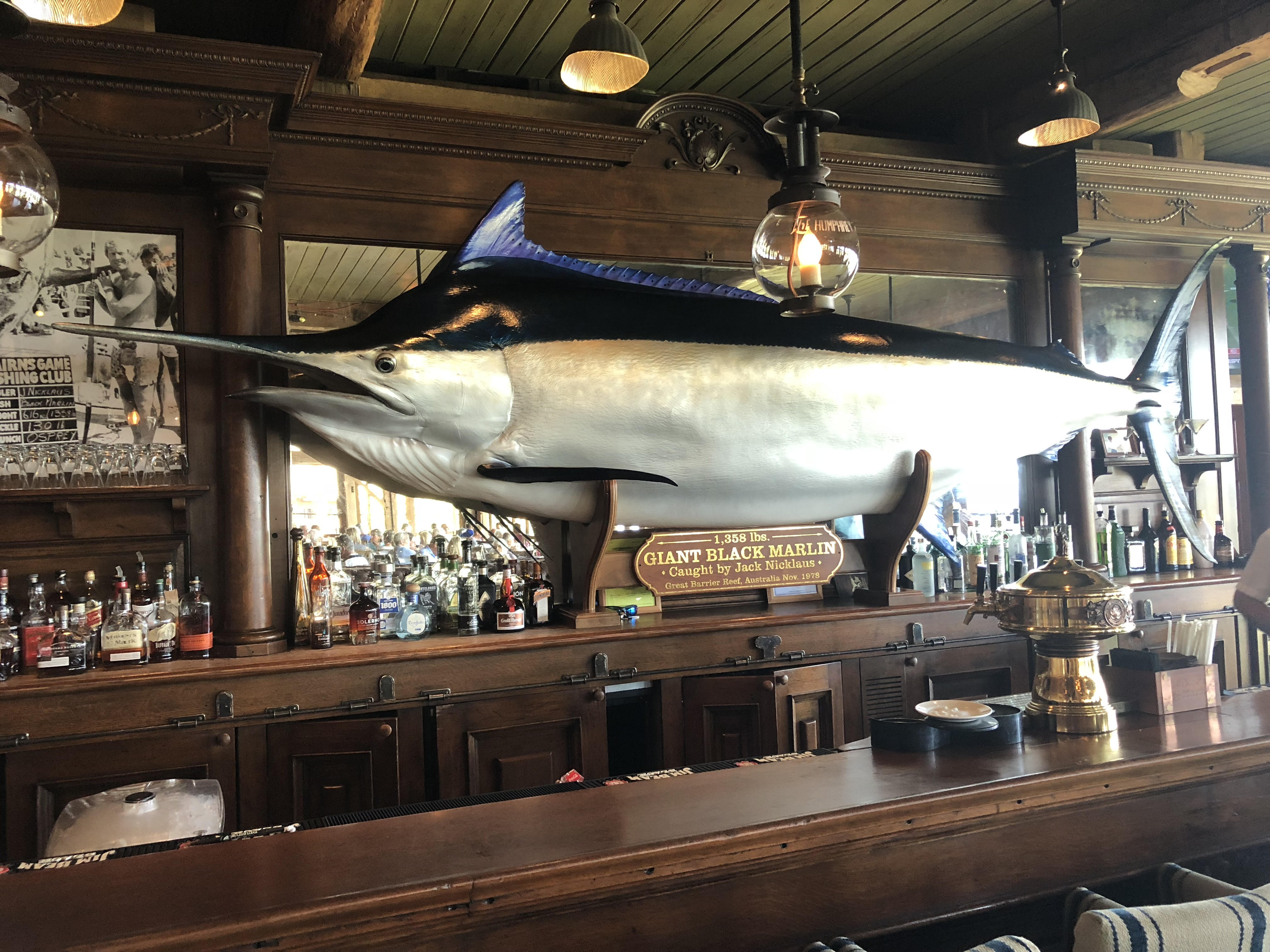
There is more than enough to do at Big Cedar. I saw young and old, black and white, and heard Northern as well as Southern accents. There were hats signifying members of the armed forces, from the Vietnam War to a member of the army whom I overheard had just retired from the service. A week at the resort was his family’s gift to him. I saw bumper stickers on cars in the parking lot for pro-life and NRA supporters, but also a woman in an Elizabeth Warren for President shirt having a beer and a couple of 70-something hippies celebrating their anniversary. In these divisive days, it was nice to see people from all walks of life all existing in the same place, a love of nature connecting them.
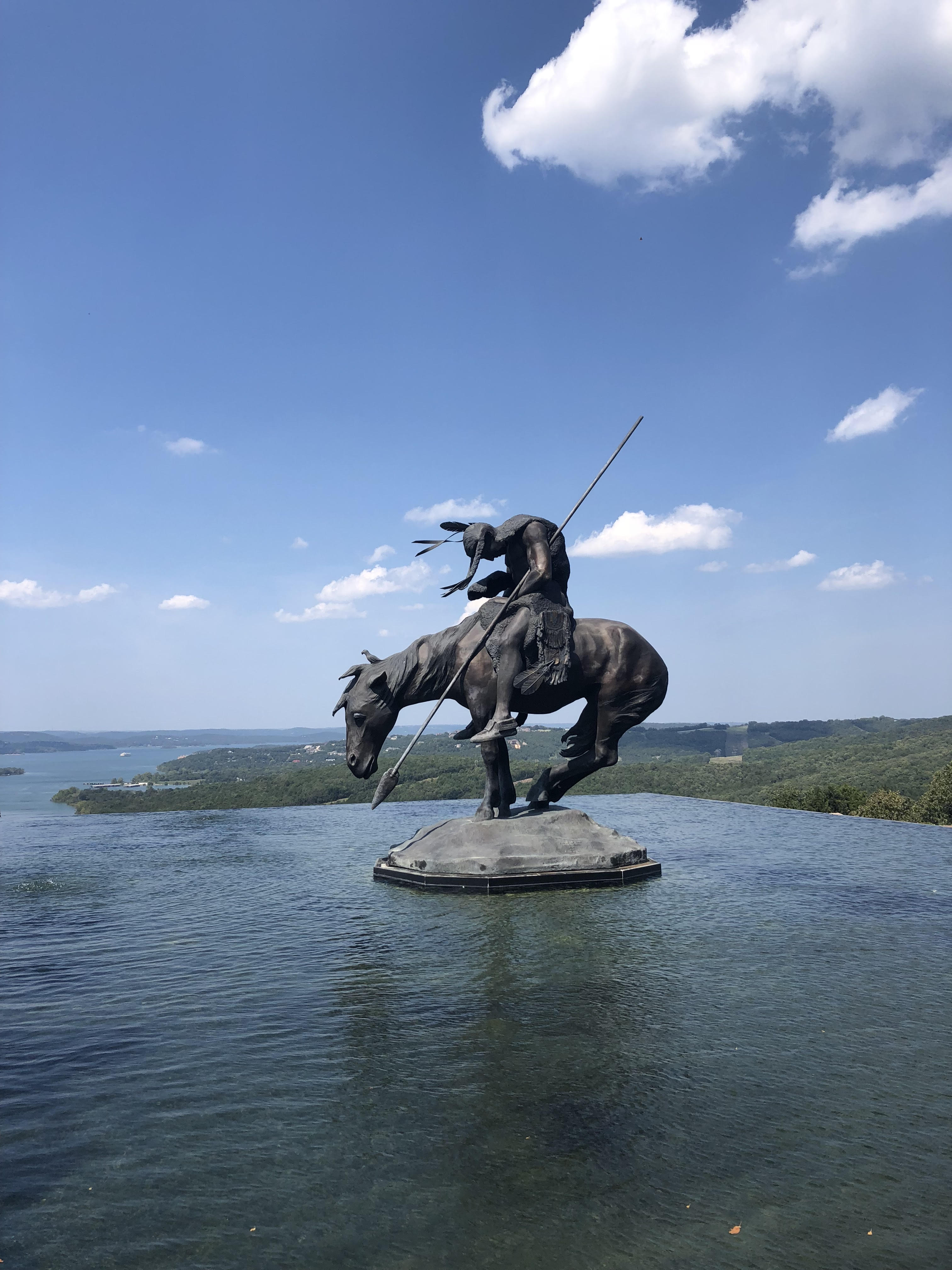
Of course, connection is tough in such a large and spread-out place. I had to drive or take a shuttle to get just about anywhere and wanted to see as much of Big Cedar as possible, so conversing with strangers wasn’t always as easy as I’d hoped. It’s understandable: the place is a resort and not a small village, and people don’t really do the outdoors because they’re looking for human connection. Still, as a solo traveler, I felt a bit isolated. If I were looking for isolation, for a spot to just be by myself, then yes, Big Cedar is good for that. I suppose had I gone with a friend or two things might have been different.
As I packed up and headed out early on a Monday morning from my lodge, I couldn’t help but think of the quiet, enjoyable experience I’d had over 48 hours at Big Cedar. How the little part of Missouri it’s in is easily one of the most beautiful and diverse natural areas in the continental United States, and how Johnny Morris has figured out a way to utilize it for something positive but also fun. It may be the sort of place you have to go a little out of the way to get to, but, really, those always end up being the best kinds of getaways.
This article was featured in the InsideHook newsletter. Sign up now.
